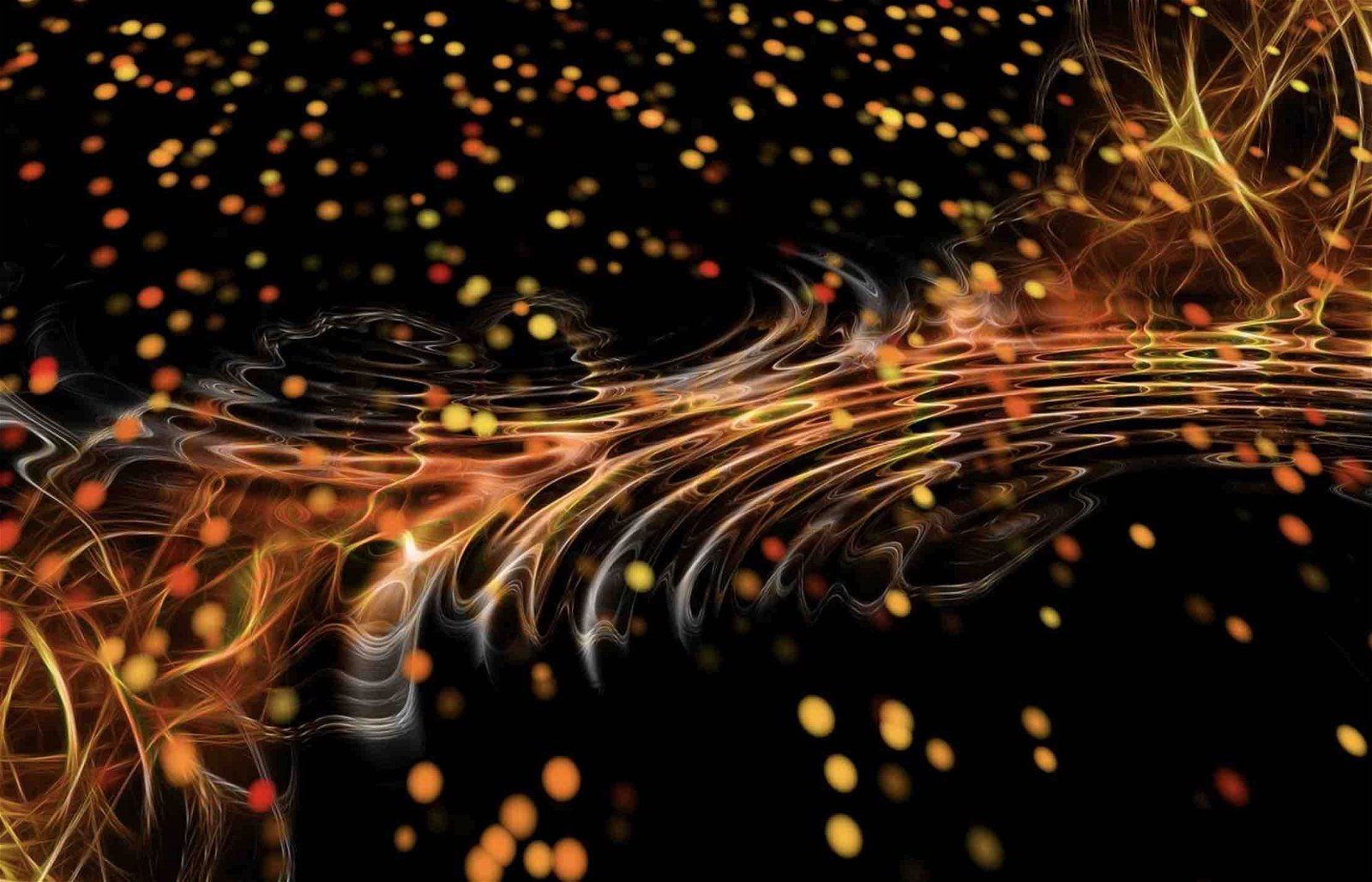Electron neutrinos have been experimentally observed for the first time during recent experiments by physicists at CERN, which produced proton-proton collisions at the facility’s Large Hadron Collider (LHC).
Neutrinos are neutral subatomic particles possessing almost no mass. First detected in 1956, they possess 1/2 integral spin like all fermions and rarely react with normal matter except through the weak force.
Neutrinos come in three different varieties, associated with electrons, muons, and tau particles. Due to their sparring interactions with matter, all three types of neutrinos are regarded as being among the most elusive particles in the universe. Despite this, physicists have had some success with experiments that study their nature since they are generated by astrophysical sources that include supernovae and the Sun.
Here on Earth, artificial sources like nuclear reactors also produce neutrinos, allowing them to be successfully detected in past fixed target experiments. During experiments conducted last year, muon neutrinos generated during proton-proton collisions were directly detected at a particle collider by the Forward Search Experiment (FASER) at CERN’s LHC.
Now, following last year’s successful detection, the FASER Collaboration reports another success: the first detection of another of the three mysterious and elusive varieties of neutrinos.
According to the new findings, electron neutrinos were experimentally detected using a special tungsten detector located 500 meters from the origin point of protons circulating around the LHC’s collider.
The electron neutrinos are detectable when they interact with tungsten atoms after escaping from proton collision streams. The result is the generation of an extremely energetic electron, along with other particles, and researchers with the FASER Collaboration were able to detect the arrival of an electron neutrino in the tungsten detector thanks to specific effects of secondary electron-positron pairs, as well as the presence of photons that accompany the “daughter” electron as it moves.
Under such conditions, CERN researchers report the detection of four individual electron neutrinos during recent experiments. Based on their observations, particle tracks registered within the detector were extremely unlikely to have been produced by other particles bearing electrically neutral qualities that might potentially be mistaken for neutrinos.
“These are the first measurements of neutrino interaction cross sections in those energy ranges,” the researchers write in a recently published study detailing their findings. The researchers expressed such confidence that they said the likelihood of signals they detected being the result of chance would be close to 0.00003%.
Going forward, the researchers hope that the success of their recent particle detections will lead to further successes in the detection of the various kinds of neutrinos and the ability to differentiate between them during their experimental observation.
Ultimately, such ongoing experimentation will allow physicists to broaden their overall understanding of electroweak interactions and conduct future studies of neutrinos that involve the internal dynamics of protons and their quark-gluon structure.
The recent FASER Collaboration study by R. M. Abraham and colleagues, titled “First measurement of 𝜈e𝜈𝑒 and 𝜈𝜇𝜈𝜇 interaction cross sections at the LHC with FASER’s emulsion detector,” was recently published in the journal Physical Review Letters.
Micah Hanks is the Editor-in-Chief and Co-Founder of The Debrief. He can be reached by email at micah@thedebrief.org. Follow his work at micahhanks.com and on X: @MicahHanks.

